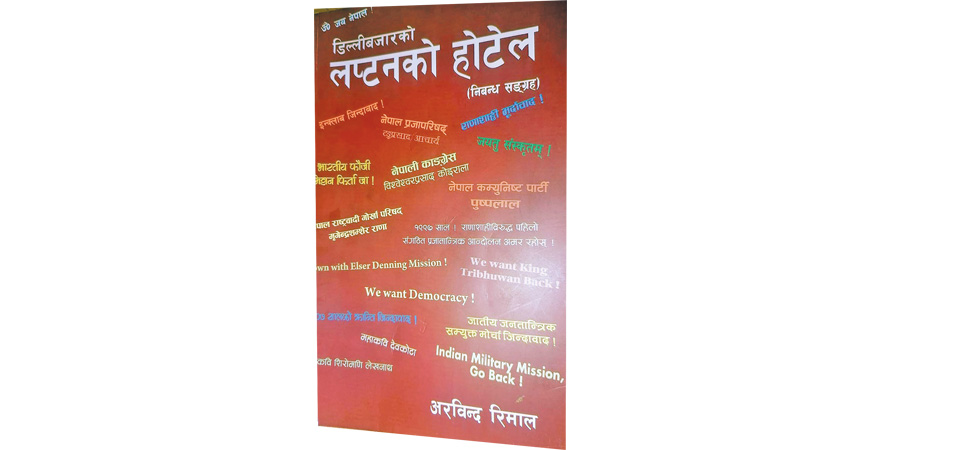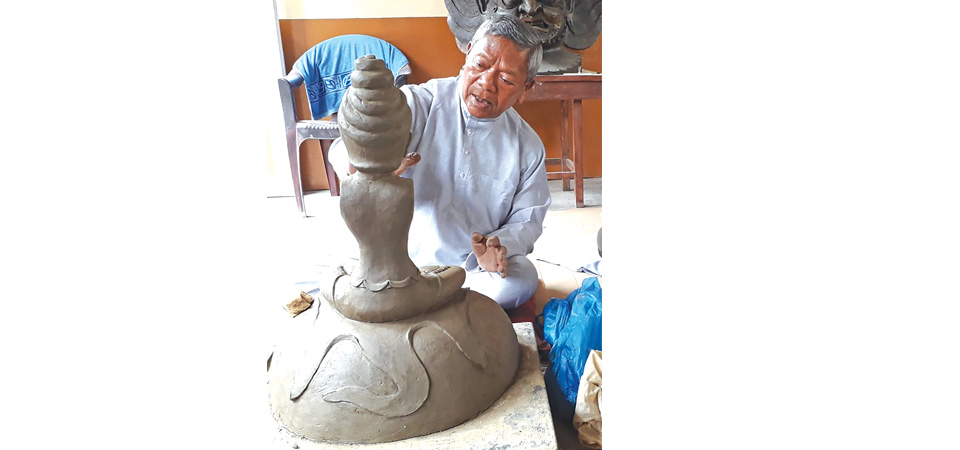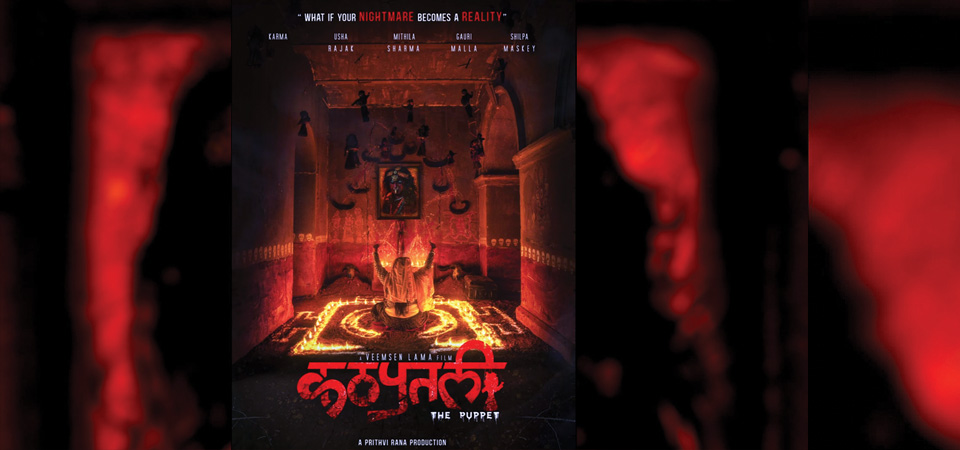Dillibazar: Witness To Radical Changes

Renuka Dhakal
Dillibazar is a place that has witnessed the political, cultural, literary and sports movements from the time when the capital city of Kathmandu started witnessing a flurry of activities.
A suburb located in the capital, Dillibazar is the most happening place and is a witness to several historical events and movements that have brought many changes in our society.
Situated in the heart of the capital, the place boasts of hard work and the indomitable courage of hundreds of transformative thinking youths who are instrumental in bringing radical changes and development of Nepal.
Dillibazar observed the historical movements closely from the time of repressive Rana regime to autocratic Panchayat system which did not allow democracy to flourish in the country.
From Rana Rule, the Panchayat system to the emergence of democracy, Dillibazar was a hub for having discussions over political and cultural phenomena. Sensible youths who craved to bring the radical changes in society used to gather here to discuss such matters. Author and historian Arvinda Rimal has been watching Dillibazar closely over the decades.
According to author Rimal, Dillibazar was one of the pioneering cities for the political movements. The special relationship between this suburb and the author is well reflected in Rimal’s book, “Dillibazar Ko Laptan Ko Hotel”.
The "Laptan Hotel" used to be a preferred place for active youth gatherings to discuss various political issues.
Writer Rimal explores Dillibazar from the repressive times of Ranas and Panchayat to transformative Nepali politics. He focuses on the significance of literature for political transformation in the book.
The 262-page book carries 24 essays, which are a reflection of an epoch that the author Rimal, a central member of the Nepal Communist Party when founder Puspalal Shrestha incepted the party, had witnessed.
As he mentions in the book, he was one of the active youths who was directly involved in the various political and cultural movements of Nepal from the Rana period to the time when the country witnessed the arrival of democracy.
In the book, he describes the "Laptan Hotel" as a symbolic location for the gatherings and meetings of the active youths. “There was an incessant gathering from seven in the morning to seven in the evening at the Laptan Hotel.”
Here, he noted that politically conscious local youths would engage in political discussions over tea in symbolic language.
This small local hotel served as a forum for political and cultural discussions among the conscious youths of the time, writers like Laxmi Prasad Devkota and Bhupi Serchan, political leaders like Tank Prasad Acharya and Pushpalal Shrestha, and many other writers and he himself would gather there over the tea and deeply involved in the political conversation.
The author begins this book with a brief description of the then Dillibazar, comparing the suburb of that time with today's Dillibazar, which is of interest to readers to know the drastic changes of the city.
He included essays on politicians including Tank Prasad Acharya, Puspalal Shrestha, Bisheshwar Prasad Koirala, late king Tirbhuwan and Mahendra, Gopal Prasad Rimal, Dr. Kesharjung Rayamajhi and Jung Bahadur Kunwar. He has also penned his thoughts on Gautam Buddha and has also reflected on the Nepal-India relationship from the time of Prithivi Narayan Shah to present day.
This book is informative for readers who want to explore the political and cultural movements of Nepal and are concerned about communist ideology.
The writer gives first-hand experience on how the communist party was formed Nepal and what the major intentions and ideologies of communists of Nepal.
The language he used is simple yet powerful. This is a Nepali language book, but Rimal has incorporated a paper that the author had presented in English on "Nationalism in the context of globalisation" presented on the 105th birth anniversary of Tanka Prasad Acharya.
The writer has called Tanka Prasad Acharya, ‘The greatest man of Nepali modern history’ who was a true patriot and honest politician. The writer himself was closely connected with the ideology of Acharya, the 19th Prime Minister of Nepal (1956 to 1957). Acharya was one of the founders and the leaders of the Nepal Praja Parishad, the first political party Nepal established with the goal of removing the vicious Ranas from power.
The book also explores the ideology of Puspalal Shrestha, and how he became the pioneer of communism in Nepal. Considered the father of Nepali communism, leader Shrestha was the founding secretary of the Nepal Communist party.
Author Rimal mentioned Shrestha established communism in Nepal with selfless intention. However, at a crucial time in the history of Nepal's communist movement, Shrestha was unable to control his leadership that later caused a split in the Communist Party of Nepal.
Author Rimal further mentions about modern Nepali poet, Gopal Prasad Rimal, who introduced new forms of poetry that ignited the revolutionary ideologies and helped raise awareness among people.
The author said that Poet Rimal was not just a person but an 'era' and was a great campaigner to mobilise political activists and take thousands of people to the streets for their rights.
His thoughts and writings are a source of inspiration to inspire today's generations and make them consciously aware to work for the nation with good deeds.
Writer Rimal opined that the late King Tribhuvan, Mahendra and Prime Minister Bishweshwar Prasad Koirala were in many ways the cornerstones of Nepali politics who had faced many hurdles.
The author has described Jung Bahadur Rana, the founder of the Rana regime, as a worthy administrator, a skilled diplomat and an influential politician.
The book is well structured, the narratives have a clear focus while the style of language arouses interest in readers.
Even though the writer claims himself a communist, he gives credit to democrats, the Ranas and kings for the development in many ways.
Rather than favouring a one-sided ideology, the author has explained well the legacies of Nepali political history according to their contribution to the nation.
However, while explaining Nepali political history and the movements, the author could have distinguished history from the current political movements and its strengths and weaknesses that would have benefitted the reader.
(Dhakal works at TRN)
Recent News

Do not make expressions casting dout on election: EC
14 Apr, 2022
CM Bhatta says may New Year 2079 BS inspire positive thinking
14 Apr, 2022
Three new cases, 44 recoveries in 24 hours
14 Apr, 2022
689 climbers of 84 teams so far acquire permits for climbing various peaks this spring season
14 Apr, 2022
How the rising cost of living crisis is impacting Nepal
14 Apr, 2022
US military confirms an interstellar meteor collided with Earth
14 Apr, 2022
Valneva Covid vaccine approved for use in UK
14 Apr, 2022
Chair Prachanda highlights need of unity among Maoist, Communist forces
14 Apr, 2022
Ranbir Kapoor and Alia Bhatt: Bollywood toasts star couple on wedding
14 Apr, 2022
President Bhandari confers decorations (Photo Feature)
14 Apr, 2022






